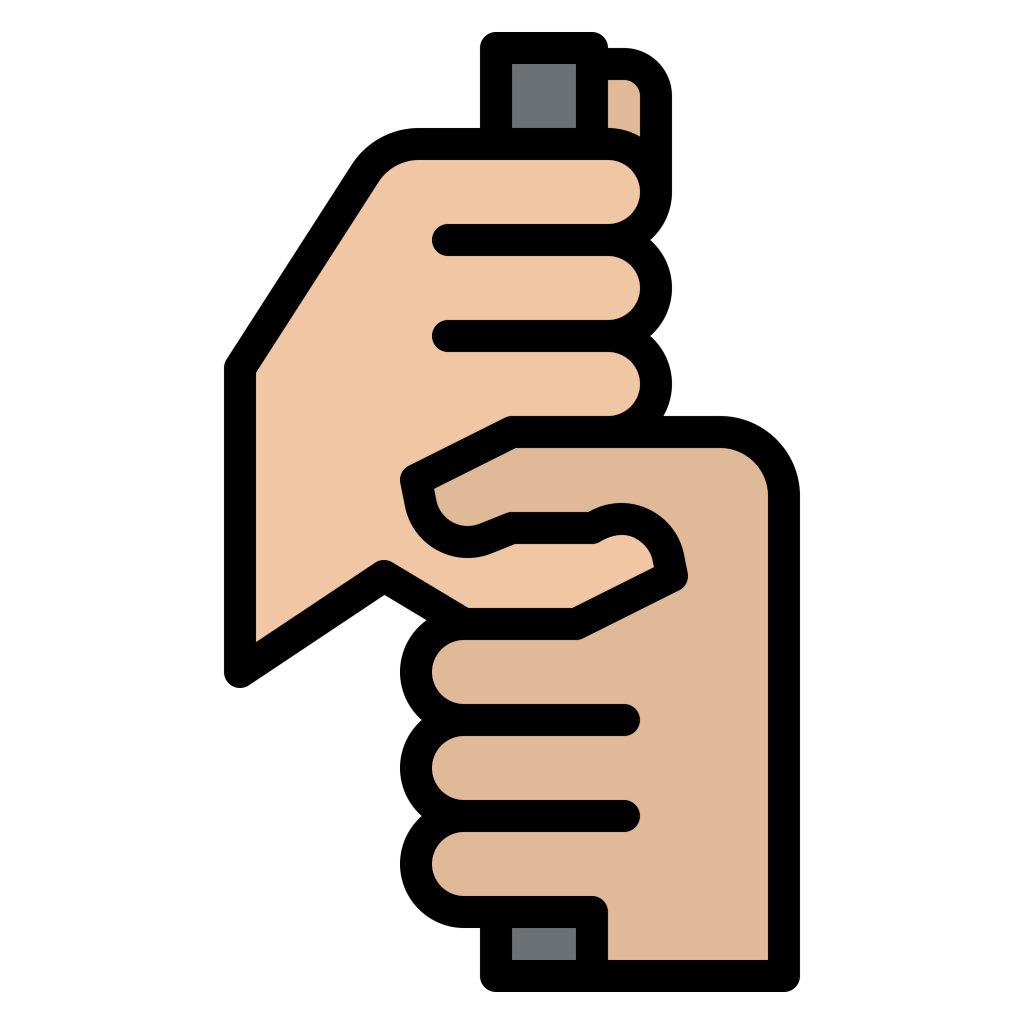
A proper grip is the foundation of a solid golf swing and it’s a fundamental skill every novice golfer should master. The good news is that learning how to hold a golf club is one of the more straightforward aspects of the game. But, where should you begin? And what kind of grip will work best for you? We explore all of that more, including the role each hand plays in the golf grip and some golf grip terminology you should know.
How to Hold a Golf Club for Beginners
Terminology
Grip: The word “grip” in golf has a dual meaning. It refers to both how to hold the golf club and the physical portion of the club’s rubber handle where you place your hands.
Clubface: The clubface is the front part of the clubhead that makes contact with the ball during a swing. The grip you choose affects the position of the clubface, which, in turn, influences the direction of your shot.
Weak: A ‘weak’ grip is one where the hands are positioned more toward the target side of the club. This grip can result in the clubface being more open at impact, which may lead to shots that veer to the right (for right-handed golfers).
Strong: A ‘strong’ grip is characterized by the hands being positioned more toward the back of the club. This grip often results in a closed clubface at impact, potentially causing shots to curve left (for right-handed golfers).
Positioning Your Hands
Start by placing the clubface behind the ball, ensuring that it is square to your target. Your left hand (for right-handed golfers) should be closer to the butt of the club, and your right hand should be just under it, lower down the handle. The left hand grip is vital in controlling the clubface and establishing the desired impact position.
Place the club’s grip diagonally across the fingers of your left hand, so it runs from the base of your pinky finger to the middle of your index finger. The club should lie across your fingers and not deep in your palm, as a palm grip can limit wrist action. Your thumb should point down the shaft.
The right hand complements the left hand’s actions and provides stability during the swing. Position the right hand, so it covers the left thumb, creating a V-shape between your thumb and forefinger that points towards your right shoulder. The lifeline of your right hand should fit snugly over your left thumb, maintaining a secure connection.
Different Types of Grips
After establishing the fundamentals of the golf grip, you can play around with slight finger placement variations to find the setup that works best for you. The best grip for you largely depends on personal preference and comfort. It’s important to experiment with each grip to determine which one feels most natural and allows you to make consistent, controlled swings. Factors such as hand size and flexibility also play a role in choosing the right grip.



Ten-Finger Grip (Baseball Grip): In this grip, all ten fingers have contact with the club. It is often preferred by golfers who have difficulty with the overlapping or interlocking grips.
Interlock Grip: The interlocking grip involves interlocking the left index finger with the right pinky finger. It offers more wrist flexibility and control.
Overlap Grip (Vardon Grip): The overlapping grip is one of the most popular ways to hold a golf club. In fact, it’s estimated that 90% of Tour players use this type of golf grip. It received its name from the legendary British golfer, Harry Vardon, who was an advocate for this type of grip. For a right-handed golfer, it involves resting your right pinky finger between the left index and middle fingers.
Tips for a Better Golf Club Grip
Now that you have the basic grip down, here are some tips to help you refine your technique:
Seek professional guidance: Consider taking lessons from a golf professional to receive personalized guidance on how to hold a golf club and overall technique.
Purchase a training grip: Just like you can use training wheels when you learn to ride a bike, you can purchase training grips, too! The Lamkin Training Grips are a great and inexpensive way to learn the proper hand and finger placements. After you’ve adjusted to the ideal grip, you can replace it with a regular golf grip.
Practice makes perfect: Spend time on the driving range practicing your grip. It may take time to find the perfect grip for your swing, so be patient.
A proper grip is the cornerstone of a successful golf swing. Now that you know how to hold a golf club, it’s time to experiment with the overlapping, interlocking, and ten-finger grips to find the one that suits you best. With dedication and the right techniques, you’ll be on your way to becoming a more confident and skilled golfer.
Need help with your putting skills next or perfecting your pre-round warmup? What about tackling different types of golf courses? We’re here to help. Read more expert golf tips on the Ship Sticks blog.